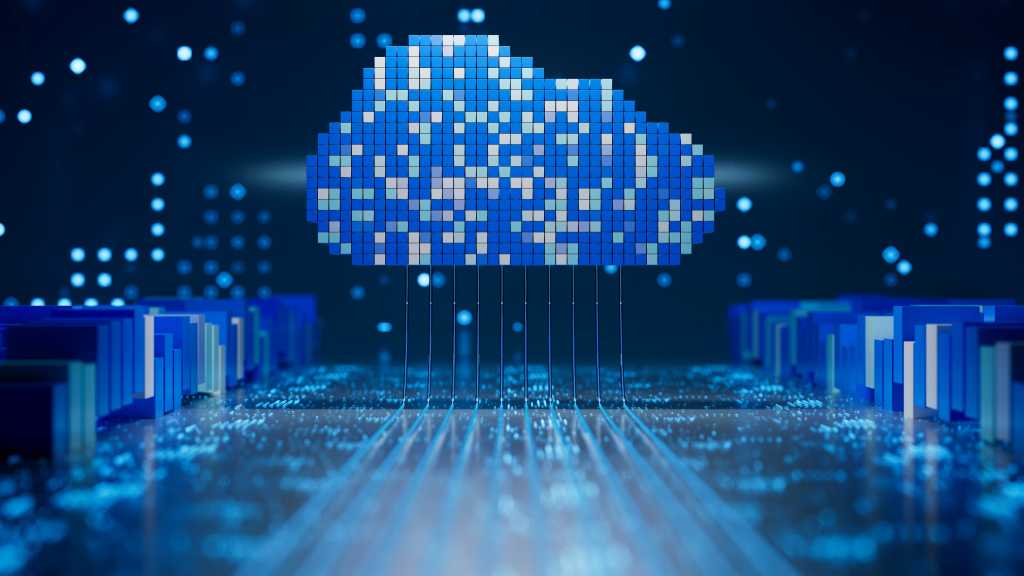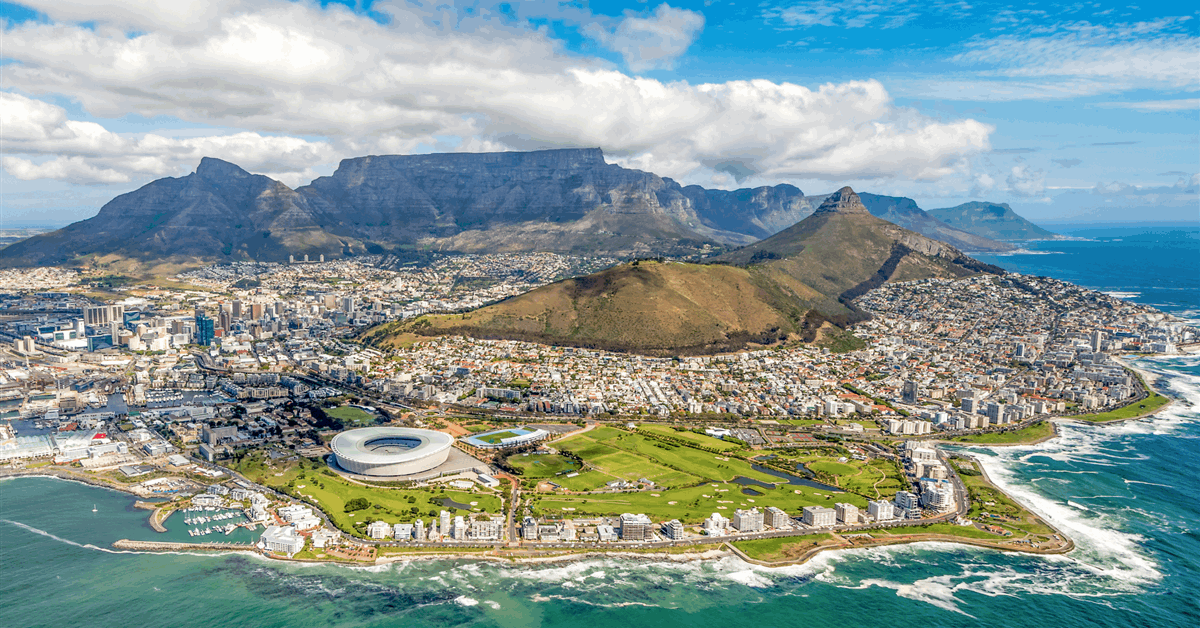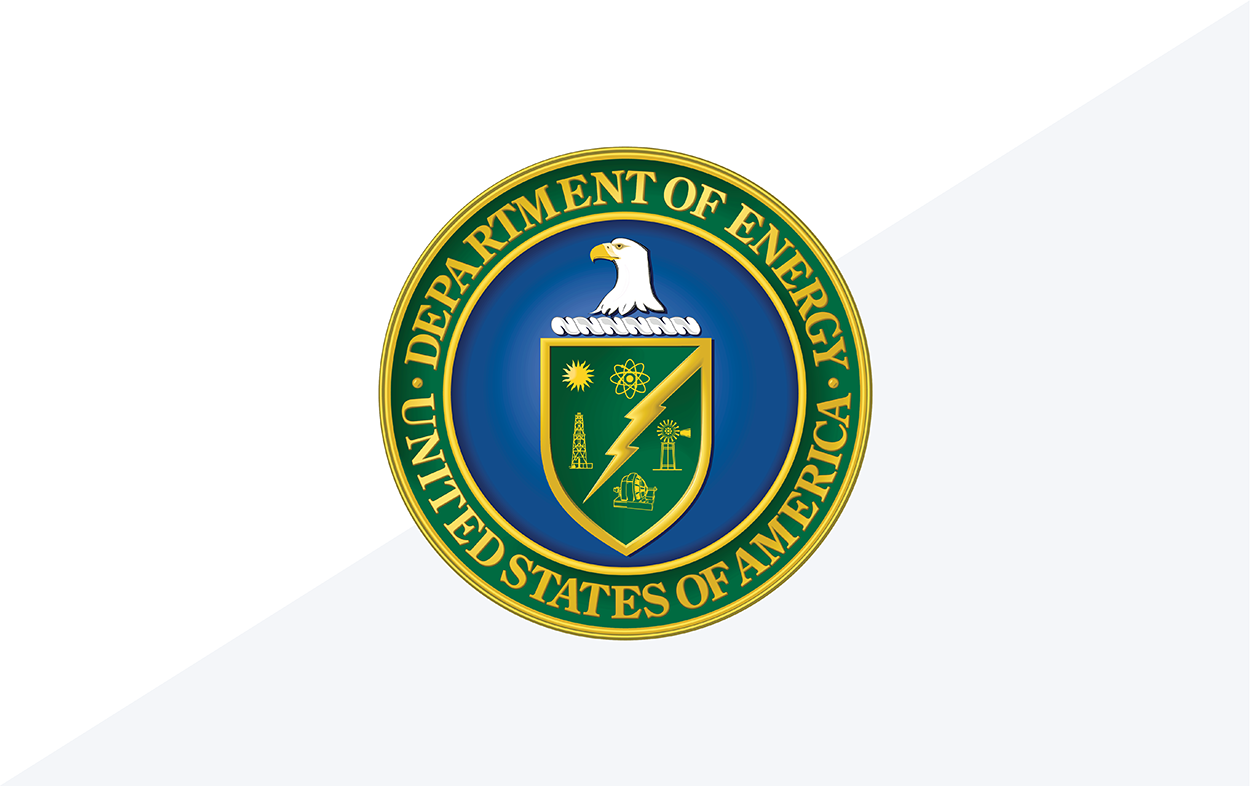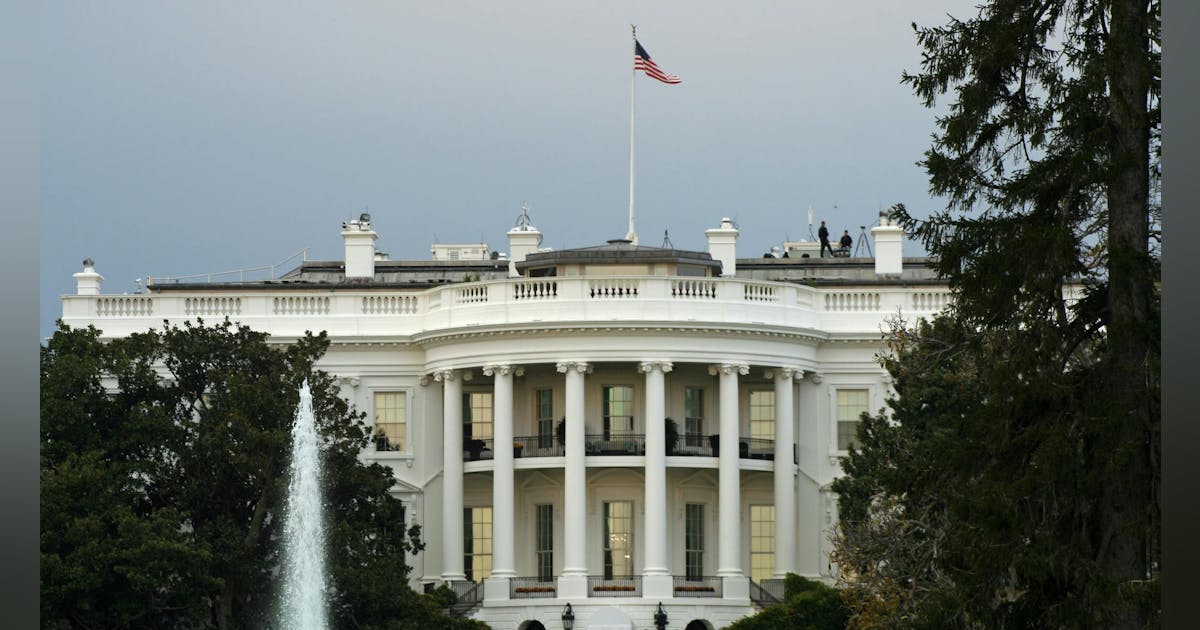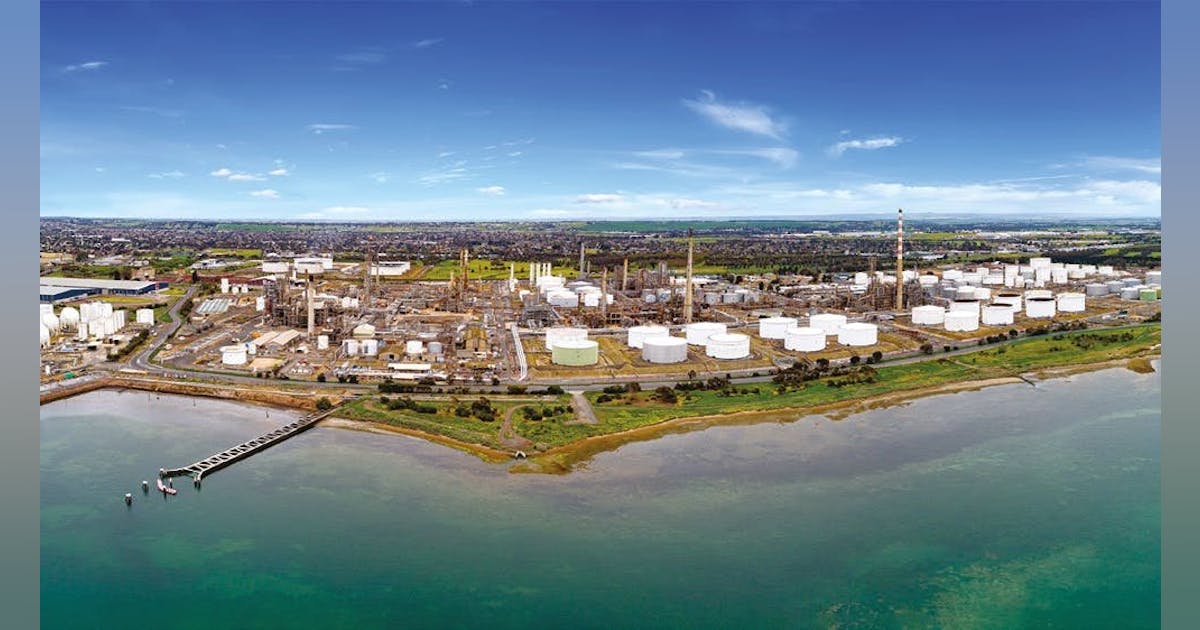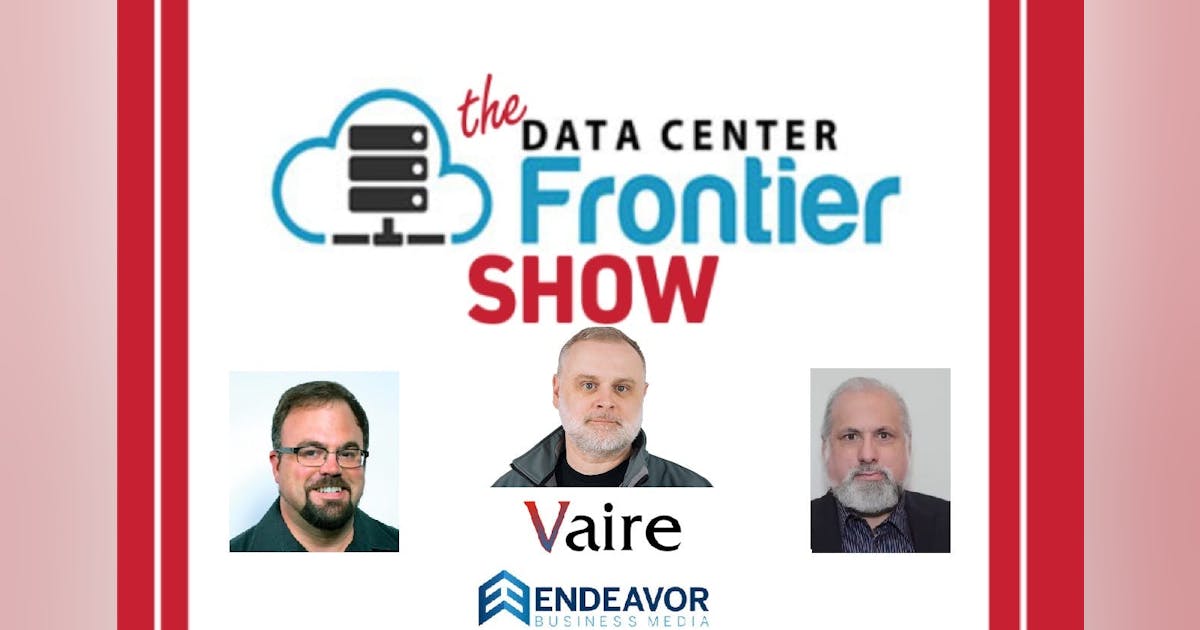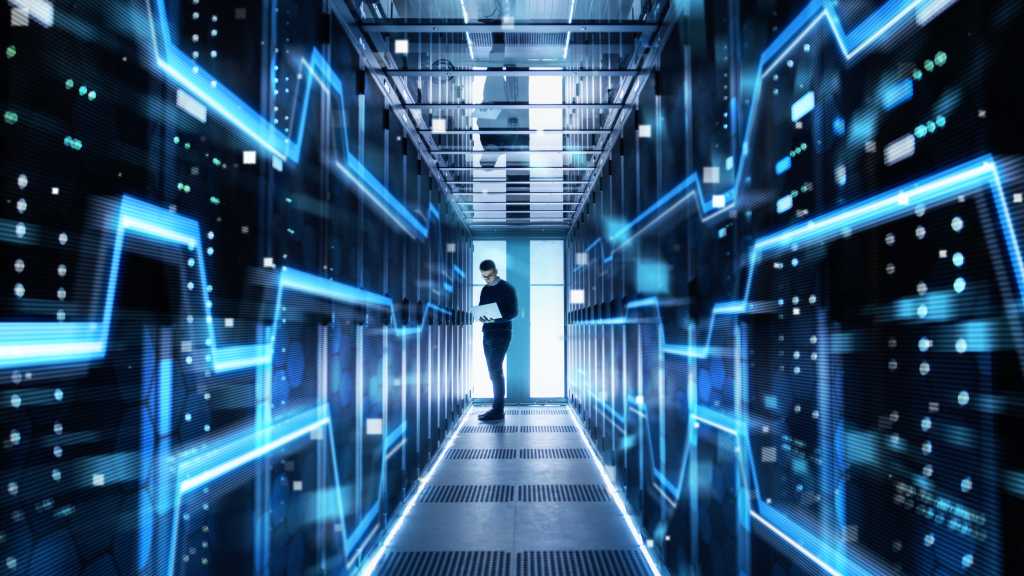
Rachel Permut is chief business development officer at Enersponse.
The rapid growth of data centers today has significantly contributed to the rise in global energy consumption, putting immense pressure on an already strained energy grid. This is only increasing; according to the Department of Energy, data centers are expected to use 6.7% to 12% of total U.S. electricity by 2028. However, data centers have an opportunity to be part of the solution, allowing us to benefit from their operations while safeguarding our energy future.
Data center expansion growth is rising exponentially and has already been on a projected growth trajectory of 19% to 23% since 2023 as we head toward 2030, according to McKinsey & Co. Data center capacity in Las Vegas and Reno, Nevada, is projected to surge by approximately 953%, reaching a total demand of 3,812 MW by 2030. Phoenix’s demand for future energy will reach 5,340 MW. On the East Coast, Northern Virginia’s Data Center Alley will continue to dominate the U.S. data center landscape, requiring an eye-watering 11,077 MW of electricity by 2030. This growing demand and increased footprint are leading to higher energy prices, the risk of power outages in these already resource-constrained states of the West and Southwest, land restrictions on the East Coast and an increased reliance on fossil-fueled peaker plants.
With major energy sources struggling to keep up with this heightened demand, smaller data centers and other commercial and industrial sources can play a critical role in stabilizing the grid by participating in demand response programs and implementing battery storage solutions.
Win-win for smaller data centers
DR programs are voluntary initiatives that incentivize energy consumers to reduce their consumption during peak demand periods. Hyperscale data centers, like Amazon’s, have announced plans to use other forms of clean energy such as nuclear power to support their ongoing energy needs.
However, not all data centers can use this type of strategy, as there aren’t enough large sources of power for the grid to meet demand. Similarly, smaller data centers often have less financial capacity, potentially limiting their ability to invest in similar nuclear deals. However, smaller data centers can still be part of the solution by offloading their energy through DR programs, which offer multiple benefits. For data centers, participation can lead to financial rewards, cost savings from avoiding peak electricity prices and enhanced energy reliability through battery storage systems.
The role of battery storage
Smaller data centers can make a huge impact. Battery storage systems play a key role in enabling data centers to participate effectively in demand response programs. Working with a trusted DR provider during peak demand periods, data centers can rely on stored battery power to reduce their grid consumption while sharing excess energy back to the grid. This bidirectional energy flow not only helps stabilize the grid but also protects data centers from blackouts, which can be incredibly costly and disruptive.
Automation and ease of participation
DR programs offer multiple benefits and are becoming increasingly automated and user-friendly. Cloud-based platforms, controls and self-monitored systems simplify participation, allowing smaller data center operators to focus on their core business while earning financial incentives and contributing to the clean energy transition.
The urgency of taking action now
The DOE has set ambitious goals for deploying 80 GW to 160 GW of virtual power plants by 2030, which rely heavily on demand response opt-in programs. The smaller data centers and other commercial and industrial sources can play a pivotal role in grid-balancing to achieve these goals. The escalating demands of data centers necessitate innovative solutions to ensure energy affordability and environmental sustainability and can be a win-win for everyone involved. Data center operators, utilities and communities can all benefit from participation.
It’s time to seize the day. In a few years, data centers not participating in demand response may experience managing more costly blackouts and receive more backlash from local communities for their energy consumption.
Simply put, we cannot wait for grid infrastructure updates to keep up with rising demand — and with the rise of demand response programs and eco-minded companies, we’ll no longer have to.




